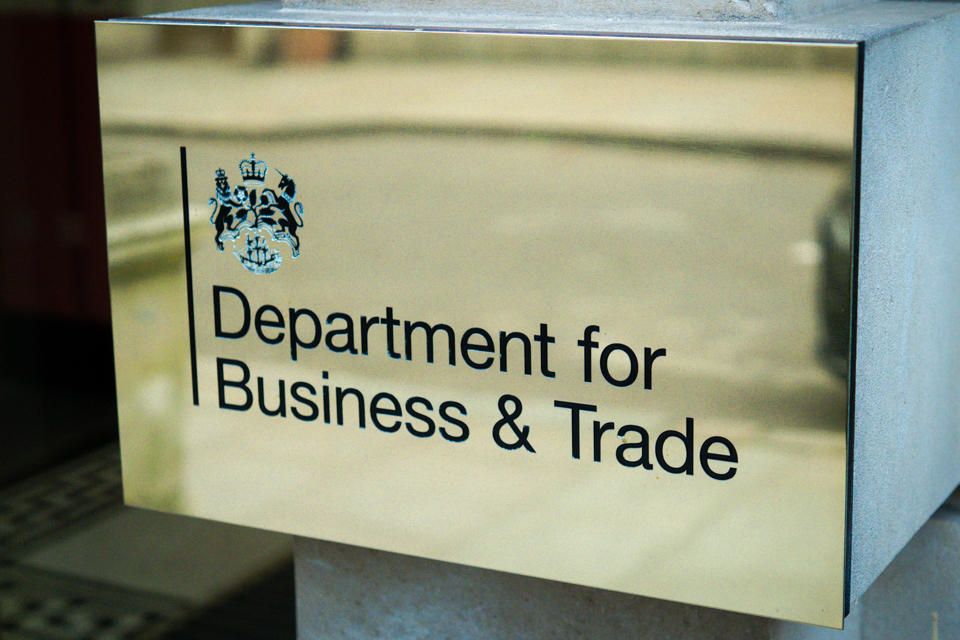Fear of persistent inflation? Bank of England should shake it off

Inflation is back down to more normal levels. But at the Bank of England, there are concerns that the battle to keep it close to the 2% target set by the government has yet to be decisively won.
Official figures from June show the headline measure remained bang on target for a second month in a row, raising hopes that the worst of the inflationary burst after the exit from Covid lockdowns and the Russian invasion of Ukraine has passed.
After the Bank hiked interest rates 14 times, to 5.25% – the highest level since the 2008 financial crisis – to fight inflation, there have been hopes for some time that a return to more normal levels could warrant a cut in official borrowing costs.
Having come down from a peak of 11.1% in October 2022, signs of stability in consumer price growth will come as welcome relief to households and businesses. However, the cost of living still remains significantly higher than three years ago, and the Bank is worried that inflation will bump back above its target within months.
Of most concern to Threadneedle Street will be signs of stubborn inflationary pressure in the services sector – one of the key areas the Bank has said it closely monitors when considering whether to sanction a rate cut.
The latest figures showed services inflation held steady at 5.7%, a blow for those advocating a cut. The ONS said three main sub-sectors were contributing to the sticky levels of price growth: restaurants and cafes, rents and hotels.
Some economists said this could be down to Taylor Swift’s Era’s tour landing in Britain last month, triggering a boom in demand for hotels and other consumer-facing services as Swifties flocked to concert venues across the UK.
For stubborn inflation, read: “It’s me, hi, I’m the problem, it’s me?” The ONS isn’t so sure. The government statisticians logged many of the prices in their dataset before the concerts took place, while its samples were taken from hotels across the country, not just in places where Taylormania had taken hold.
There may have been some evidence of Swift’s impact in inflation in hotels, where average price growth rose from 7% in May to 9.8% in June. But cultural services inflation, which would capture ticket prices, dipped from 7.4% to 7.3%.
Financial markets are, however, taking a cue that domestic inflationary pressures could prove more persistent than hoped. The chances of the Bank cutting rates at its next policy meeting on 1 August have slipped from about 50% to close to 35%, while the pound strengthened to a one-year high, breaking through $1.30 on the global currency markets.
after newsletter promotion
Several members of the Bank’s monetary policy committee, including its chief economist, Huw Pill, have warned in the past week that service sector inflation and a tight jobs market could force Threadneedle Street to take a cautious approach. Official figures from the jobs market are due to be published on Thursday, giving the central bank plenty of time to come up with a view before its next meeting.
Some economists, however, believe that when it comes to signs of inflation persistence in the service sector, the Bank should shake it off.
Goods prices, and in particular durable goods prices, remain firmly in deflation. Producer price inflation – reflecting factory gate prices, which can act as a guide to future consumer prices – was also weaker than expected.
With concerns that high interest rates are weighing heavily on the economy and households unnecessarily, there will be growing demands for a cut in borrowing costs.
Related
Why investing in women is a vital next step for…
Get Nadine White's Race Report newsletter for a fresh perspective on the week's newsGet our free newsletter from The Independent's Race CorrespondentGet our fre
Business secretary signals major shift on electric car policy to…
In a determined effort to retain Nissan’s manufacturing presence in Britain, Business Secretary Jonathan Reynolds has vowed to implement “substantial c
Joint Statement: Business Secretary and Fujitsu Services Ltd
Business and Trade Secretary Jonathan Reynolds today (Friday 7 March) met chiefs for Fujitsu in Tokyo to begin talks over the cost of redress for victims of th
UK foreign secretary backs multilateral defence funding for Europe
UK foreign secretary David Lammy has said that a new multilateral fund will be needed to secure Europe’s defence as he confirmed that Britain is “open to”













